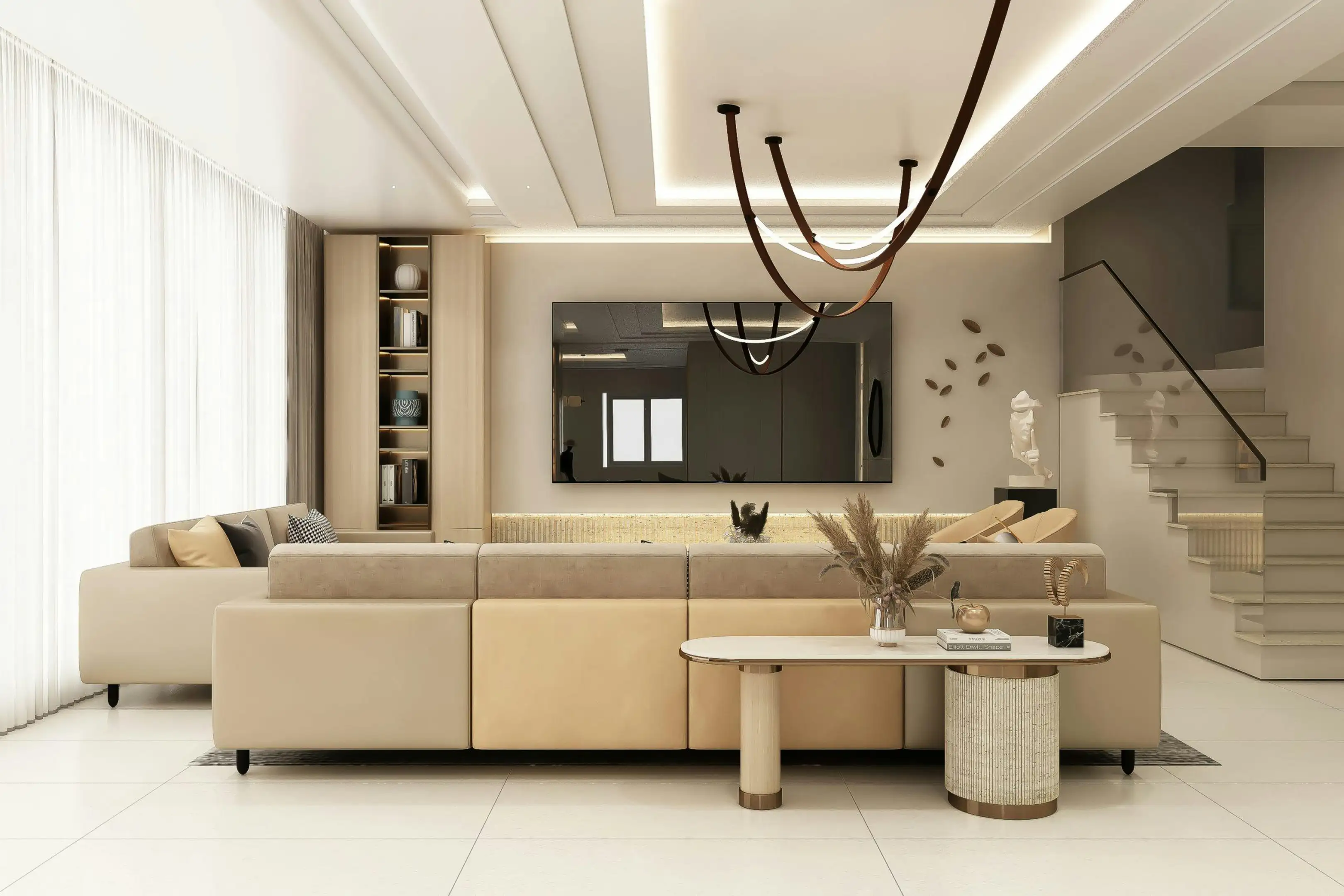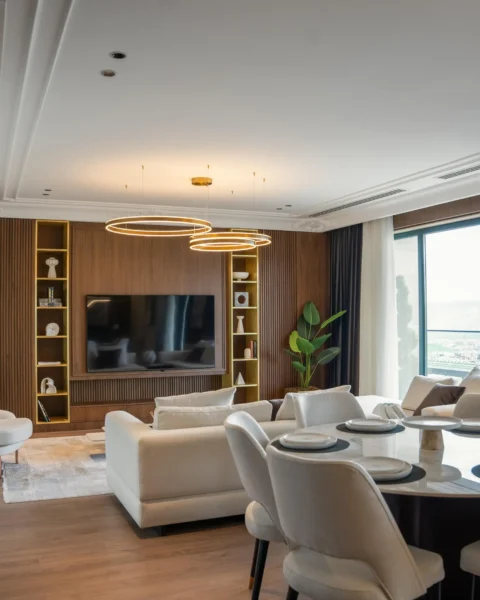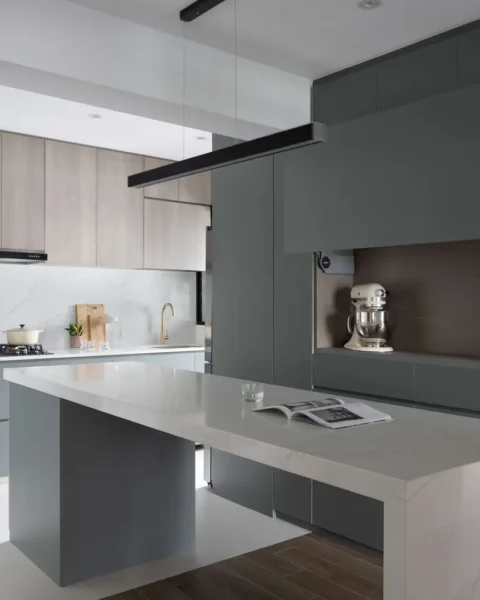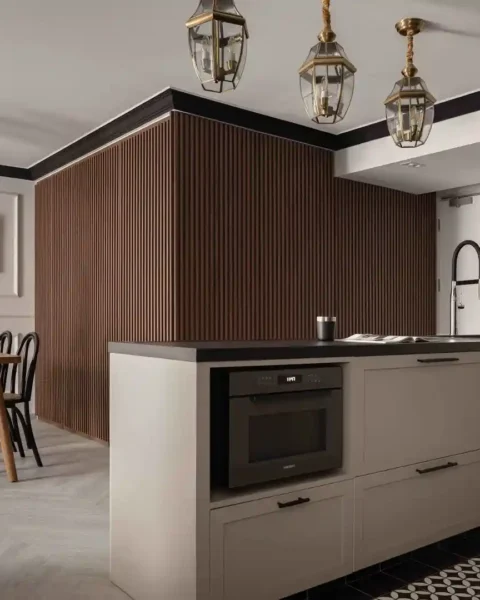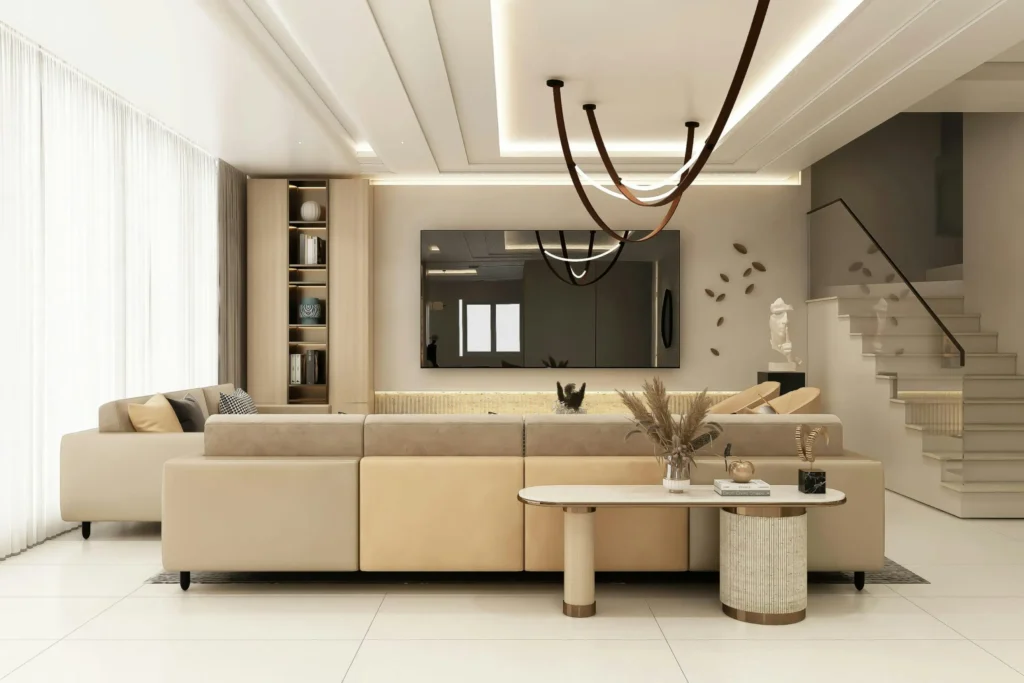
Renovating for the first time can feel overwhelming. Floor plans, materials, timelines, budgets—it’s a lot to juggle. Often, design and structure take priority while lighting quietly waits in the background. But here’s the truth: lighting can make a home feel warm, inviting, and lived-in, or cold and impersonal. Getting it right from the beginning can turn renovation chaos into calm clarity.
And we’re not just talking about conventional lighting anymore. We’re living in the smart home era.
According to Statista, smart home adoption in Singapore is rising rapidly. In 2024, there were more than 712,000 smart homes, and the number is projected to surpass 1.5 million by 2028—almost doubling in just four years. If you asked what is one of the most popular upgrades, it is the smart lighting, valued for its convenience, energy efficiency, and the ability to set the perfect mood at any moment.
But despite this trend, many homeowners still overlook proper lighting planning—and that can lead to costly regrets. From awkward switch placements to rooms that never feel quite right, the stories are surprisingly common.
Too many people say they wish lighting had been treated as a design partner. They wish dinner parties had simple dimming scenes ready to go, or that they’d chosen high-CRI bulbs so art, fabrics, and wood tones looked true-to-life. Some wish they had added extra wiring capacity; adding a single corridor motion sensor later required tearing open freshly painted walls. And many lament not creating everyday scenes like “wake up,” “cook,” or “wind down.”
To help you avoid those same regrets, here are eight of the most common lighting mistakes—and how to sidestep them.
8 Lighting Mistakes Homeowners Regret (And How to Avoid Them)
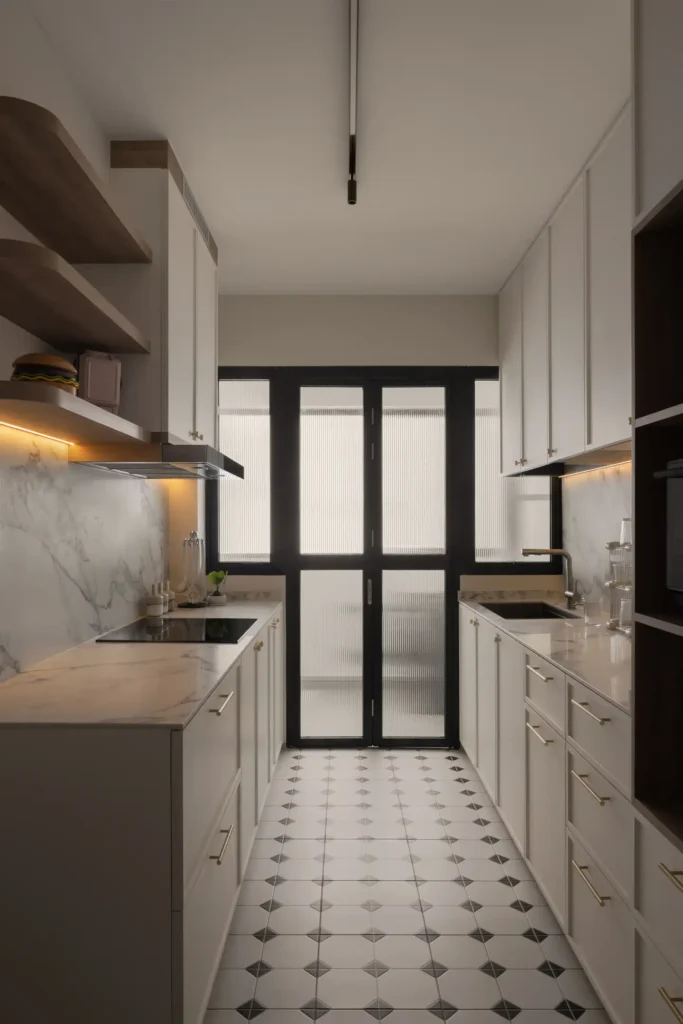

- Saving lighting for last
Waiting until the end of a renovation to think about lighting risks awkward fixture placement, exposed patching, and unexpected costs. Plan wiring and fixture positions during the design stage so everything is integrated cleanly. - Skipping zones
Open-plan living is popular, but a single light rarely suits all purposes. Define lighting zones—circulation, task, accent, and ambience—so that cooking, relaxing, and entertaining each have their own tailored lighting. - Choosing looks over function
A beautiful pendant may look stunning but create glare or wash out colours. Prioritise beam direction, colour rendering index (CRI), and control options alongside aesthetics. - Ignoring switch placement logic
Switches should follow how you move through the home. Place controls where you naturally enter and exit a space. Consider additional points such as hallway dimmers, bedside controls, or scene buttons near seating areas. - Overlooking switch style
Traditional multi-gang switch clusters can make a modern wall look cluttered. Consider sleeker, minimal panels or touch-sensitive smart switches that are intuitive to use. - Underestimating lighting’s impact on mood
Lighting affects alertness, relaxation, and focus. Cool, bright light can energise a morning, while warm, dimmed light can prepare you for restful sleep. - Not planning for future upgrades
Skipping provisions for hubs, extra wiring, or junction points can make adding new smart features later more expensive and disruptive. - Ignoring energy control
Without automation or scene-based scheduling, lights stay on longer than needed, leading to wasted energy and higher bills.
How Smart Lighting Makes Future Upgrades Easy
The best time to future-proof your lighting is during renovation. Start with a thoughtful wiring plan, strategically placed control points, and a central hub. This ensures that when you decide to expand—adding motion sensors, new scenes, or smart shades—it’s plug-and-play instead of patch-and-repair.
With this foundation:
- You can integrate new devices, like smart locks or HVAC controls, without rewiring.
- Your lighting system can evolve in stages, spreading costs over time.
- Changes are non-disruptive—no chasing cables through walls or repairing damaged plaster.
Smart lighting systems are also modular. Begin with your highest-use areas, such as the living room and kitchen, then extend to bedrooms, corridors, and outdoors as your needs change.
Why Smart Lighting Works Especially Well in Condos and First Homes
Smaller floor plans make lighting choices even more critical. Every fixture and switch needs to work harder and smarter. Smart lighting helps you get more out of your space:
- Zoning flexibility – Use the same ceiling lights for cooking, dining, and relaxing by assigning them to different control zones. Switch between “bright and focused” and “soft and inviting” with one tap.
- Seamless safety – Motion sensors in corridors and bathrooms provide instant light without cluttering walls with extra switches.
- Cleaner design – Voice control or app-based commands reduce the need for multiple wall plates, preserving a minimalist look.
For first-time renovators, a hybrid approach works well: keep a few traditional switches for muscle memory, add smart switches or bulbs to high-impact areas, and reserve budget and wiring capacity for future enhancements.
The Next Smart Move
The smartest lighting decisions happen before renovation begins. By integrating lighting into your design plan from day one, you save money, avoid common pitfalls, and create a home that works for you now and in the future.
Schedule a lighting design consultation and we’ll help you map zones, optimise control points, and show you how smart lighting can transform your home—and your everyday life.




